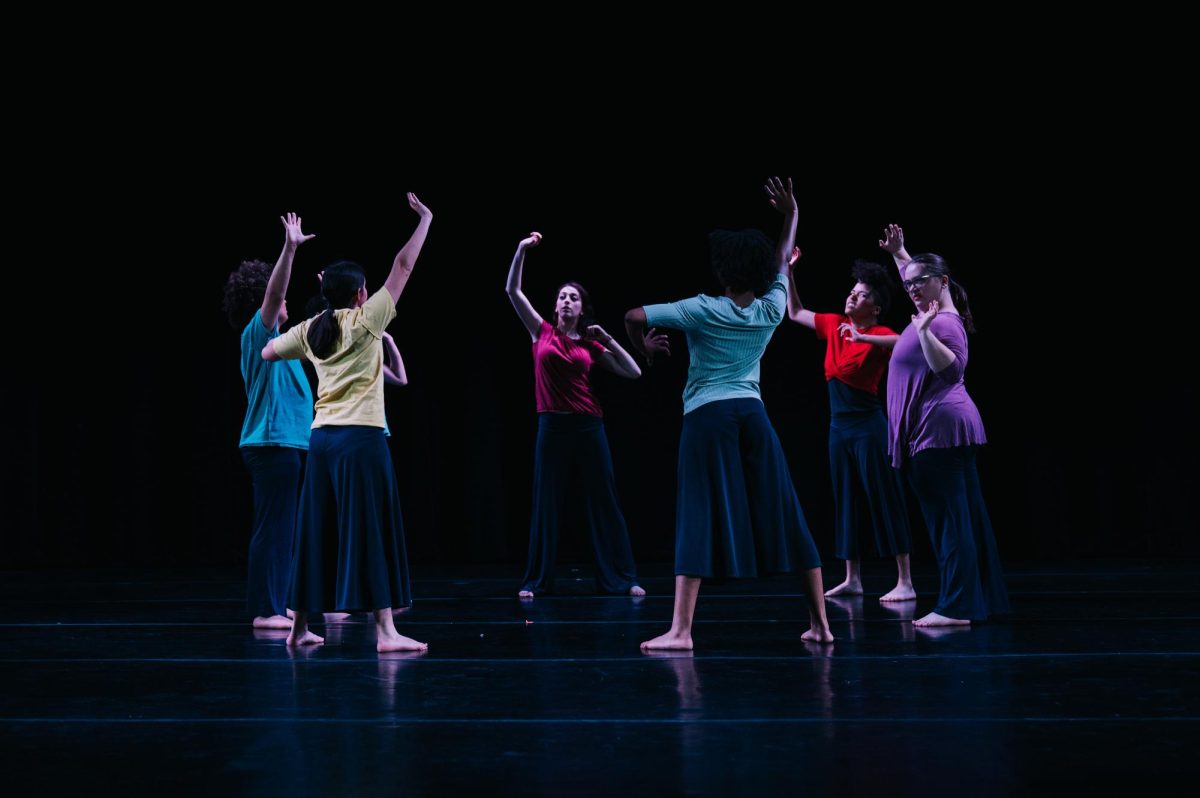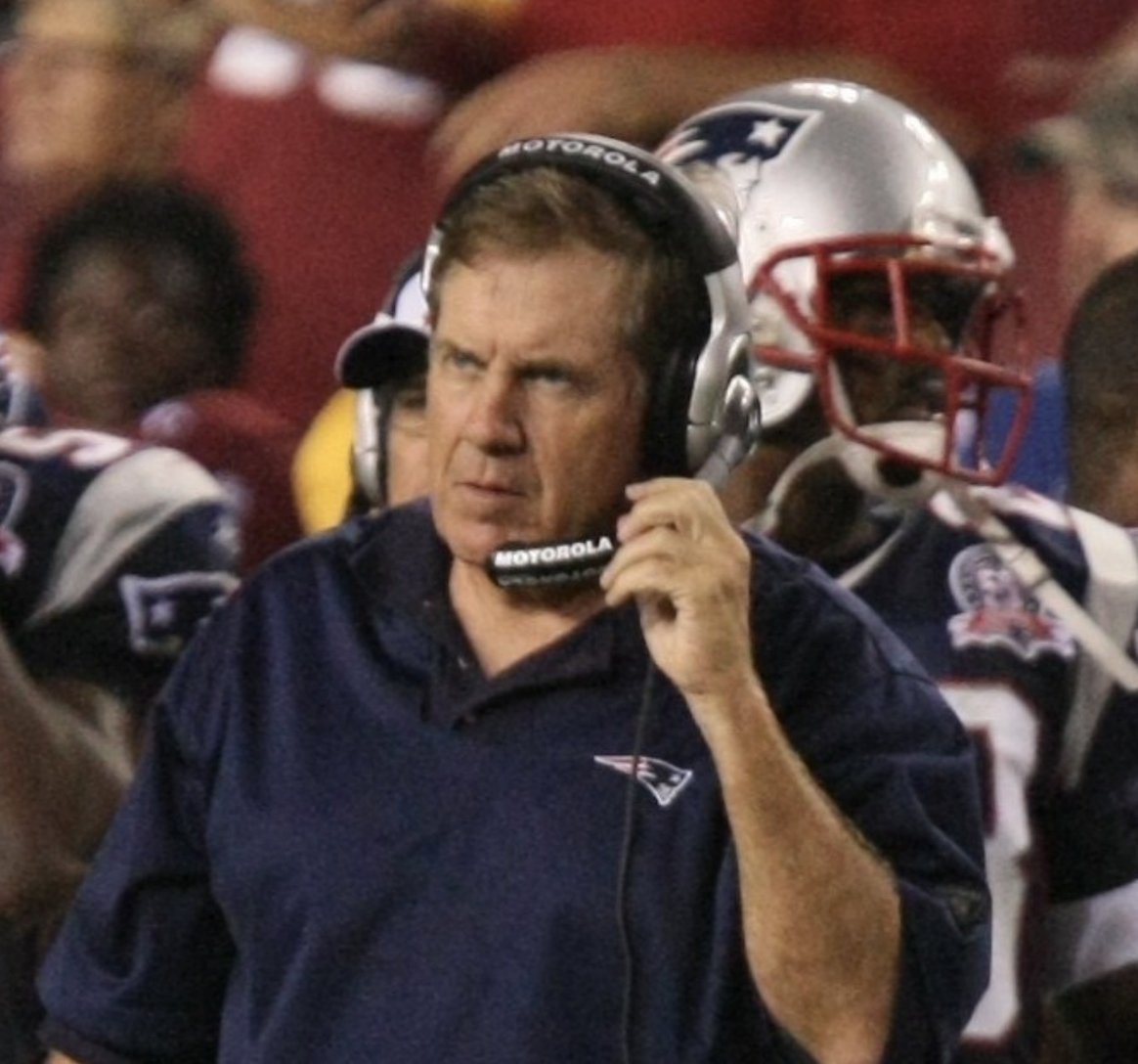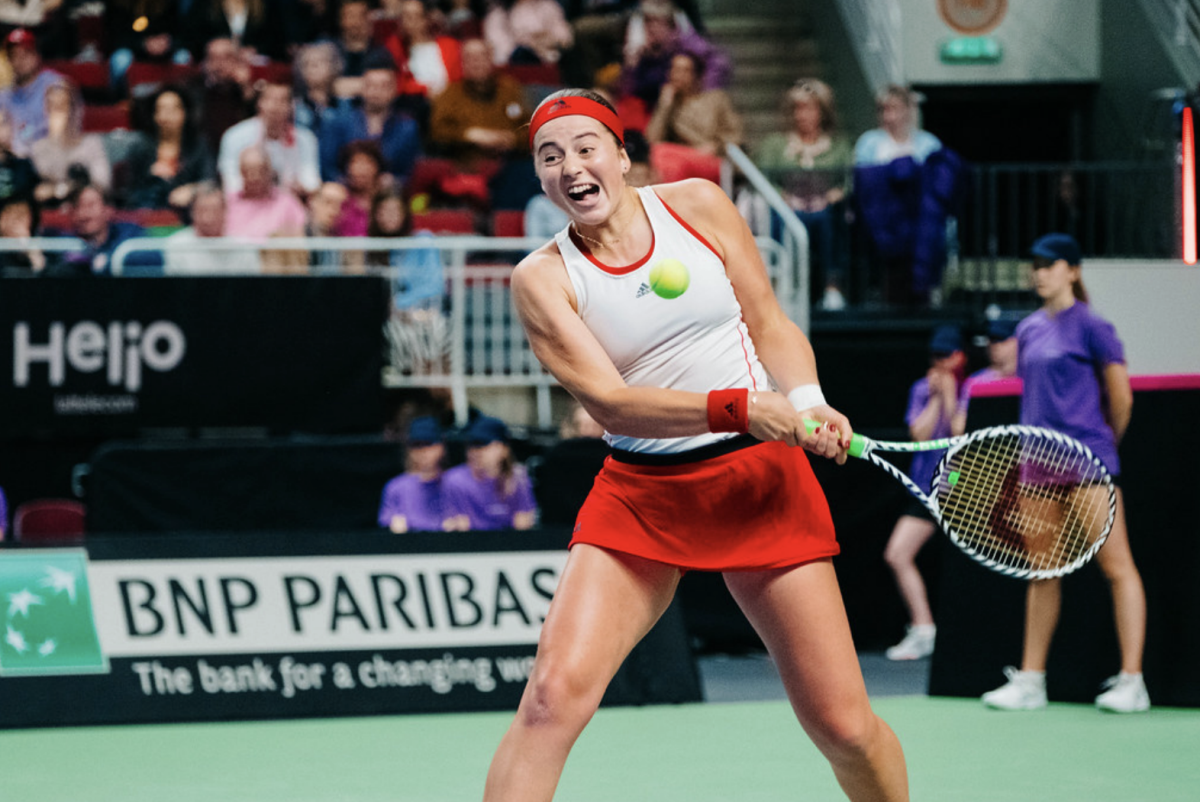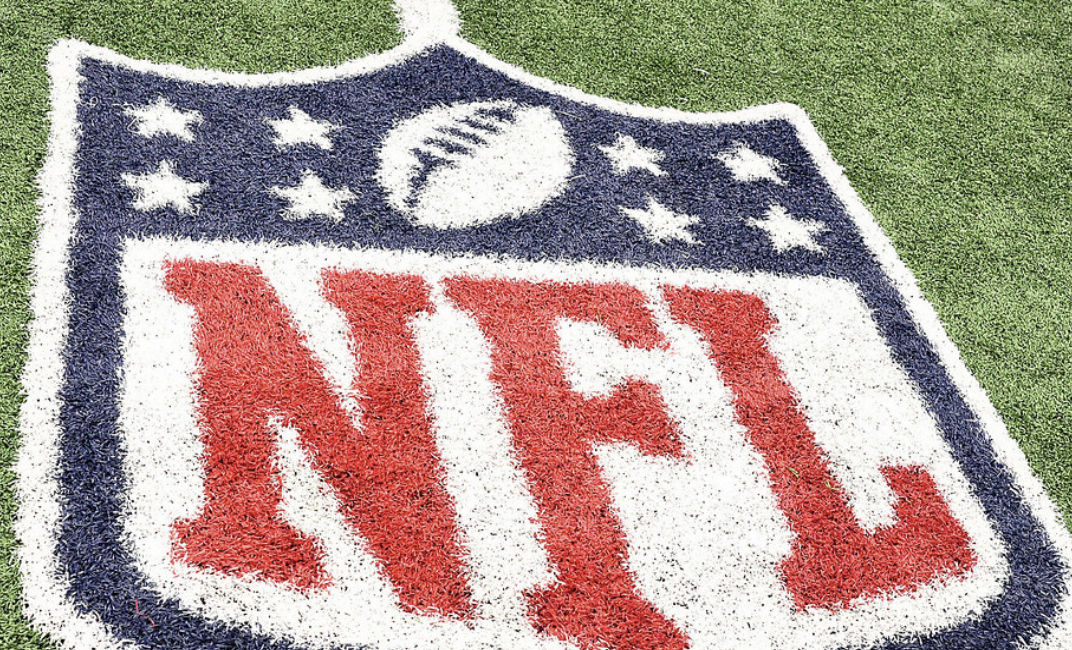Shaking up the Game: MLB Changes Rules for 2023
The MLB season began on March 30 with a set of new rules. The 2023 MLB season introduced three new rule changes that were approved by the joint competition committee this past October: a pitch timer, restrictions on defensive shifts and larger bases. These three rules, first used during spring training, are designed to improve the game’s pace of play and increase action on the field.
The most significant rule change is to the pitch clock. With this rule, a pitcher must begin his motion before a 20-second timer runs out. Pitchers are permitted to step off the rubber twice per plate appearance without penalty, resetting the clock. Additionally, a hitter must be in the batter’s box with at least eight seconds remaining, and they will receive one timeout per plate appearance. Under special circumstances — such as if the catcher makes the last out of an inning and needs more time to put his gear on — umpires may provide additional time.
For many casual fans of baseball, one of the biggest qualms with the MLB is the length of the games.
“Baseball is cool, but the games are way too long,” freshman Kai Schropfer said. “I rarely have three hours to watch a game,” he added.
This sentiment is shared by many, including some diehard fans of the games.
Sidwell baseball player Alex Fagell said he is “all for speeding up the pace of the game.”
Thankfully, with the new pitch clock rules in place, the average time of a nine-inning game has been reduced by 24 minutes, making the average game length two hours and 37 minutes.
The second rule change, restrictions on defensive shifts, has been in development for years. The MLB is officially limiting the range of freedom a manager has to position their fielders. Now, two infielders must be positioned on each side of second base when the pitch is released and may not switch sides unless there is a substitution. The penalty for breaking the shift restrictions is an automatic ball. The goal of the new shift is to encourage more balls in play, give players more opportunities to showcase their athleticism and offset the growing trend of alignments that feature four outfielders. Thus far, during spring training, both the number of runs scored and the league-wide batting average have increased. As of Feb. 28, players are hitting .272 with an average of 11.9 runs scored per game. This is a significant increase from a batting average of .259 and 10.6 runs per game during the same period in 2022. Additionally, with the introduction of the pitch clock, the increase in offense has not affected the pace of play.
The last significant change made heading into the 2023 MLB season is the introduction of larger bases. The sizes of the first, second and third bases are increasing from 15 square inches to 18 square inches with the goals of improving player safety and encouraging teams to steal more frequently. The new bases were tested last year in the minor leagues and produced impressive results, with base-related injuries decreasing by 13.5%. According to Sports Illustrated, the change in base size also reduces the distance between bases by four-and-a-half inches, making it slightly easier for players to steal, which the league hopes will lead to an increase in stolen base attempts. The league has already begun to see a change during spring training this year. According to Baseball America, teams are averaging 1.08 steal attempts per game, a 40% increase from 2022. More activity on the base paths is sure to add more excitement to the game in coming years and make the viewer experience more enjoyable.

Stephen Koopersmith is a Sports Editor for Horizon. Prior to this, he worked as a Staff Writer for the newspaper.














































